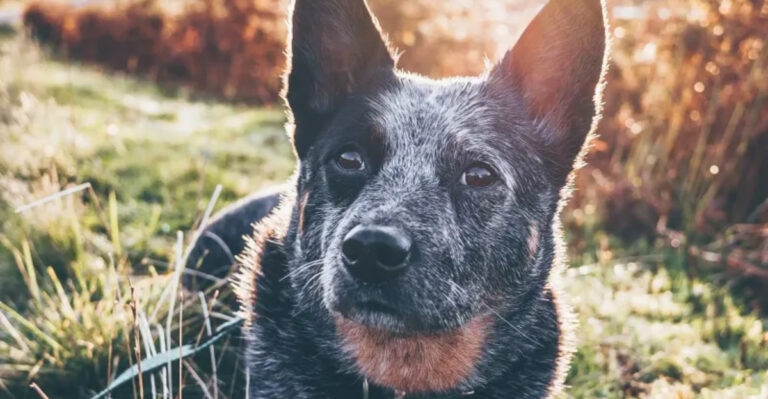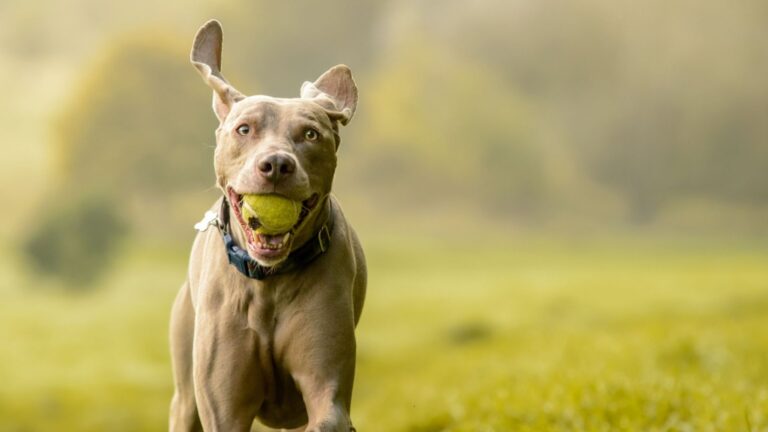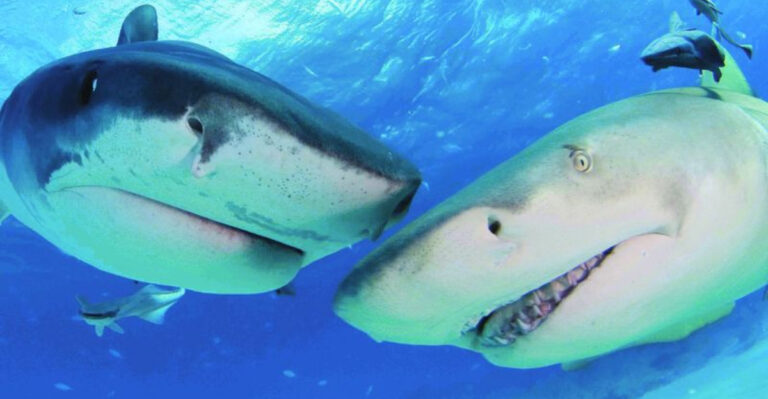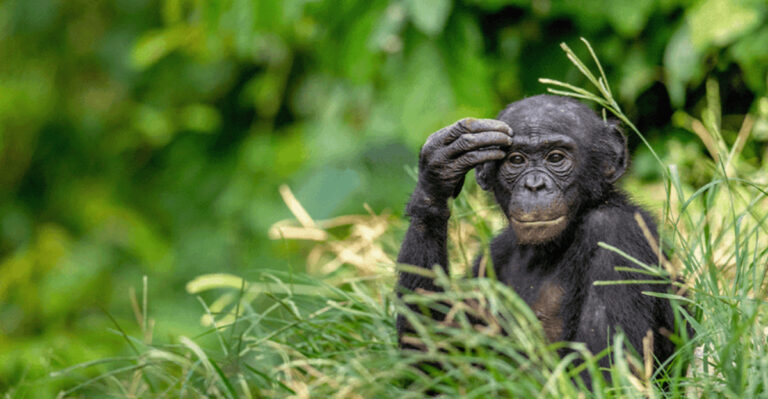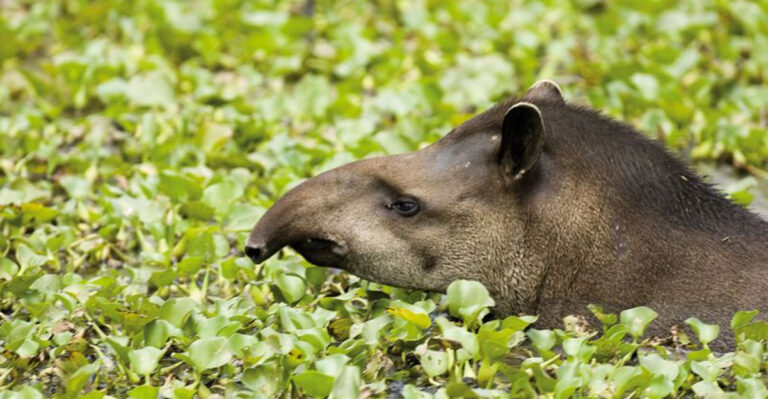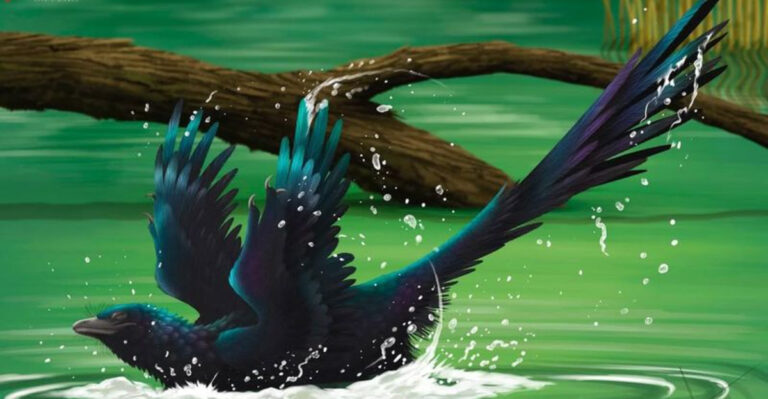10 Dog Breeds That Simply Don’t Get Along With Other Dogs And 5 That Prefer Cats More
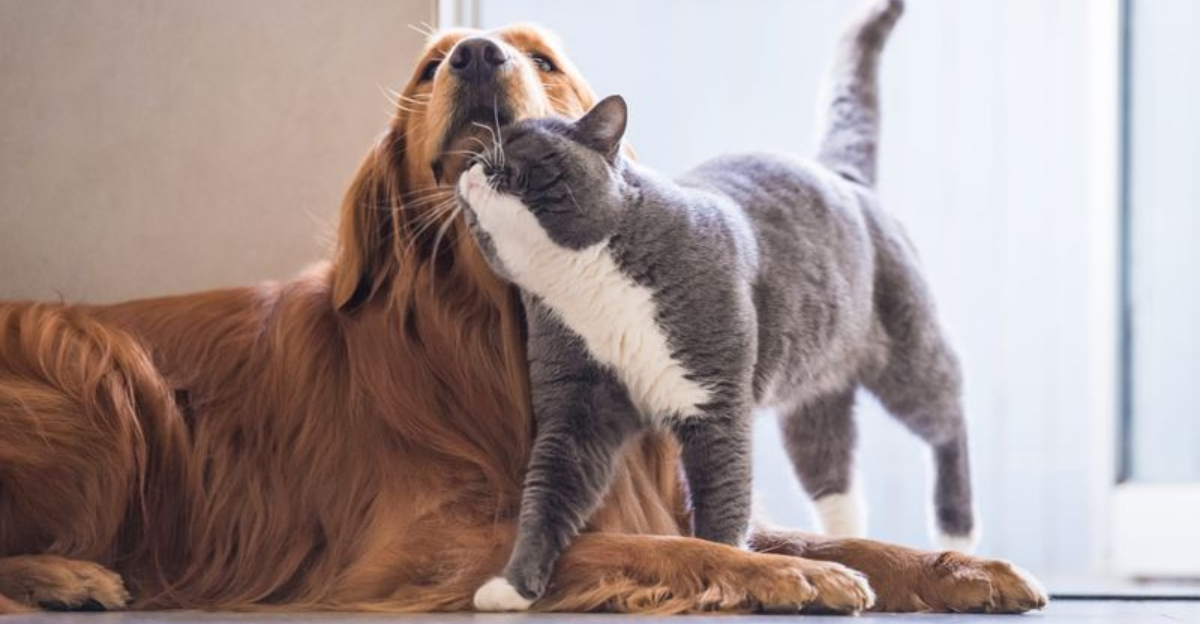
Ever wondered why some dogs growl at other pups but cuddle with cats? Not all canines follow the same social rulebook.
Some breeds have a natural tendency to clash with their own kind, while others surprisingly prefer the company of feline friends. Understanding these unique personality traits can help you make smarter choices when bringing a new pet into your home.
1. Akitas: The Lone Warriors
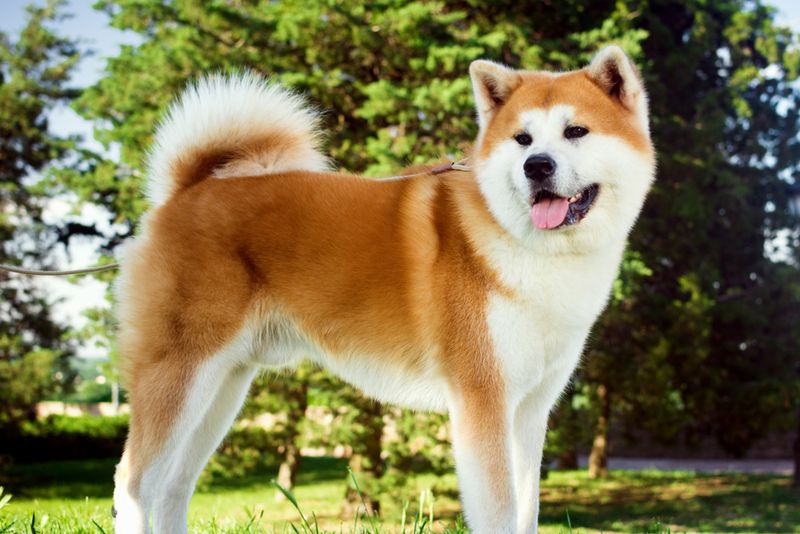
Akitas boast a powerful, independent spirit that often clashes with other dogs. Originally bred for hunting and guarding in Japan, they developed strong territorial instincts that persist today.
These magnificent dogs typically form deep bonds with their human families but remain suspicious of outside dogs. Early socialization helps, but many Akitas simply prefer being the only canine in the household.
2. Chow Chows: Aloof Fluffballs
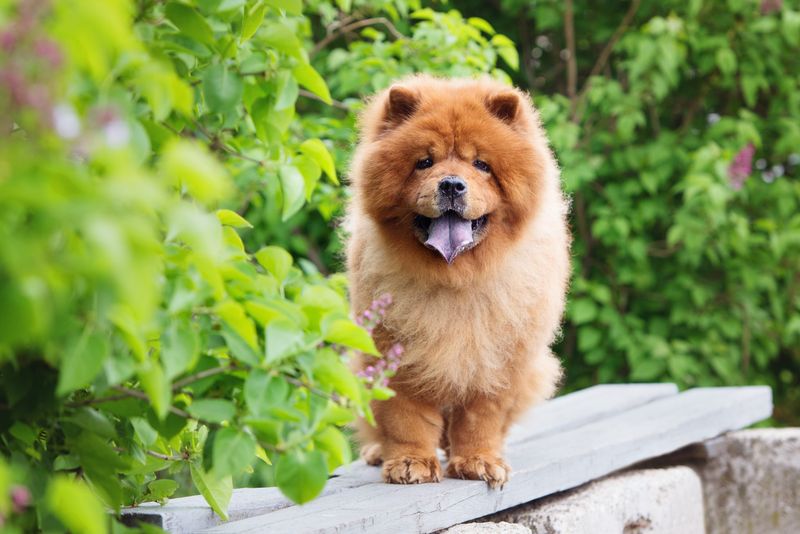
Behind that adorable teddy bear appearance lies a seriously independent personality. Chow Chows originated as working dogs in ancient China and maintain a reserved, sometimes stubborn demeanor.
Many Chow owners discover their pets prefer human company exclusively. Their natural aloofness extends to other dogs, often resulting in tense encounters at dog parks. These fluffy companions typically establish a territory and defend it vigorously against canine intruders.
3. Pit Bulls: Misunderstood Protectors
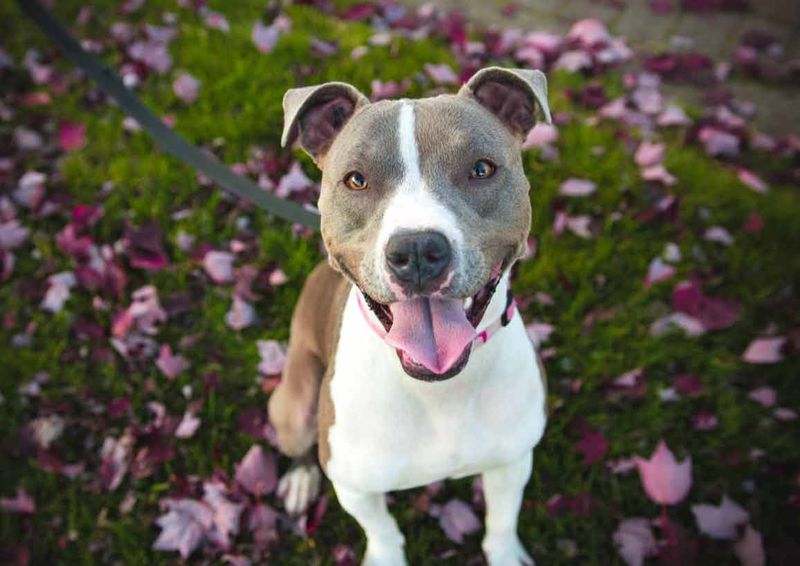
Despite their loving nature with humans, many Pit Bulls carry a genetic predisposition toward dog aggression. Their fighting history has left a complicated legacy that responsible owners must acknowledge.
Careful training from puppyhood can help, but many adult Pit Bulls require single-dog homes. Their incredible loyalty to humans often contrasts sharply with their attitude toward other dogs, especially those of the same gender.
4. Afghan Hounds: Regal Loners
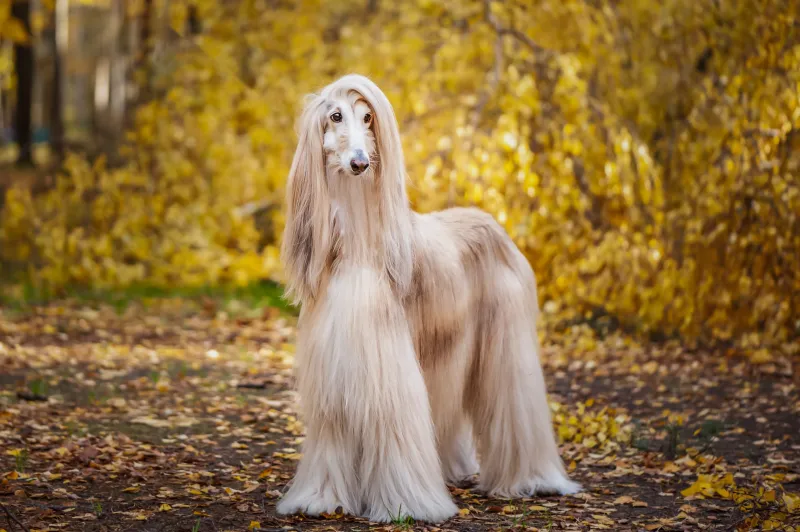
Afghan Hounds carry themselves with such aristocratic dignity that other dogs might as well be peasants. Their independent hunting background fostered a self-sufficient nature that persists in modern pets.
While not typically aggressive, Afghans often display complete indifference toward other dogs. They prefer maintaining personal space and can become irritable when pestered by playful canines. Their aloof demeanor extends beyond humans to their four-legged counterparts.
5. Shar Peis: Wrinkled Individualists
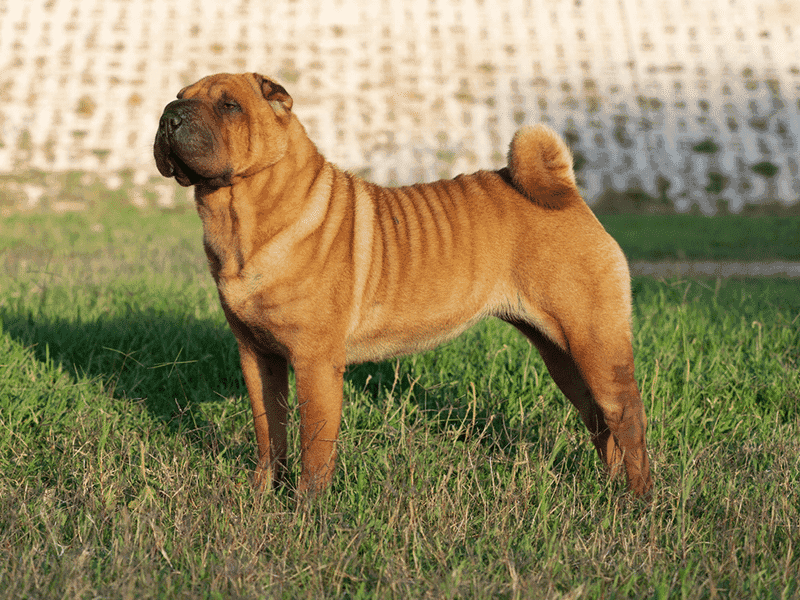
Those distinctive wrinkles hide a fiercely independent spirit. Originally bred as fighting dogs in China, Shar Peis maintain a suspicious attitude toward unfamiliar canines.
Their territorial nature makes them excellent watchdogs but challenging companions at dog gatherings. Many Shar Pei owners notice their pets simply tolerate other dogs rather than enjoying their company. These wrinkly companions typically bond intensely with their humans while keeping other dogs at a distance.
6. Cane Corsos: Powerful Protectors
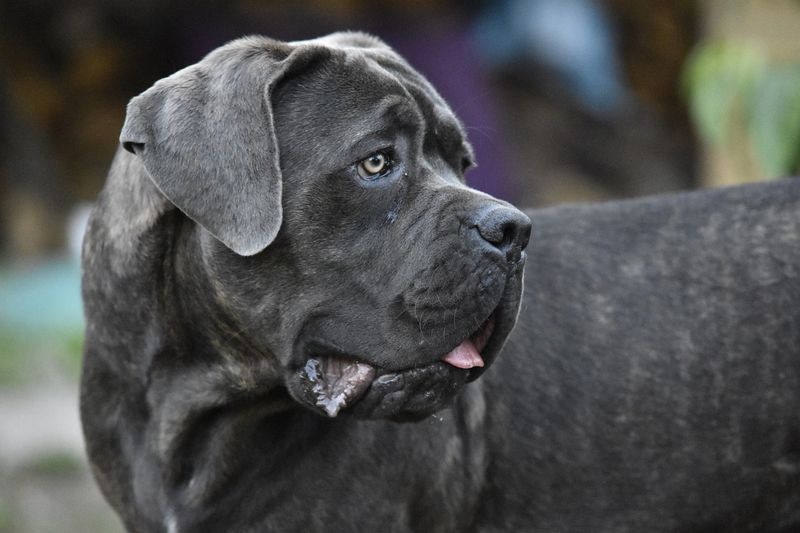
Weighing up to 120 pounds of pure muscle, Cane Corsos take their guardian duties seriously. These Italian mastiffs were bred to protect property and family, creating a naturally territorial temperament.
Their protective instincts often translate to wariness or aggression toward unfamiliar dogs. Many Cane Corsos view other large dogs as potential threats rather than playmates. Without proper socialization, these powerful guardians may decide your home is a one-dog territory.
7. Dachshunds: Small Dogs With Big Attitudes

Don’t let their size fool you! Dachshunds were bred to hunt badgers underground, requiring serious courage and a feisty disposition that remains evident today.
Many Dachshund owners report their little warriors show remarkable boldness when encountering larger dogs. Their hunting heritage makes them prone to chasing and challenging other canines. These determined little dogs often believe they’re much bigger than they actually are.
8. Siberian Huskies: Pack-Specific Socialites
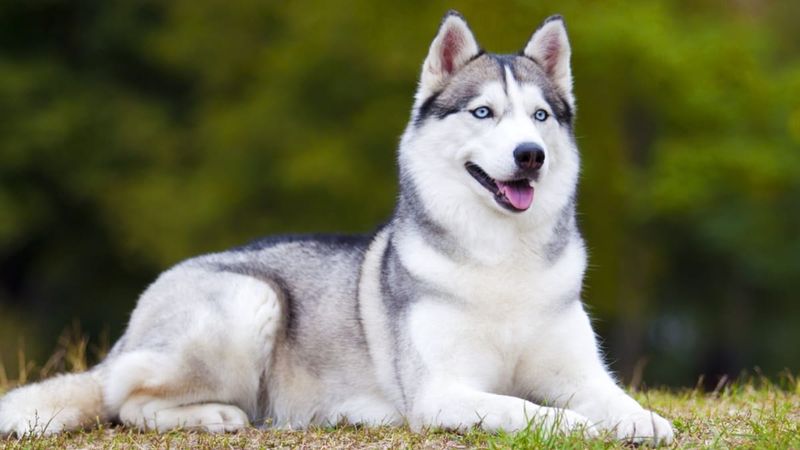
Huskies might seem like social butterflies, but they can be surprisingly selective about their canine friends. Their wolf-like pack mentality means they often establish strict hierarchies with other dogs.
Many Husky owners discover their pets play wonderfully with familiar dogs but become competitive or aggressive with newcomers. Their high prey drive can also trigger chasing behaviors toward smaller dogs. These beautiful Arctic dogs typically need carefully managed introductions to new canine companions.
9. Australian Cattle Dogs: Working Professionals
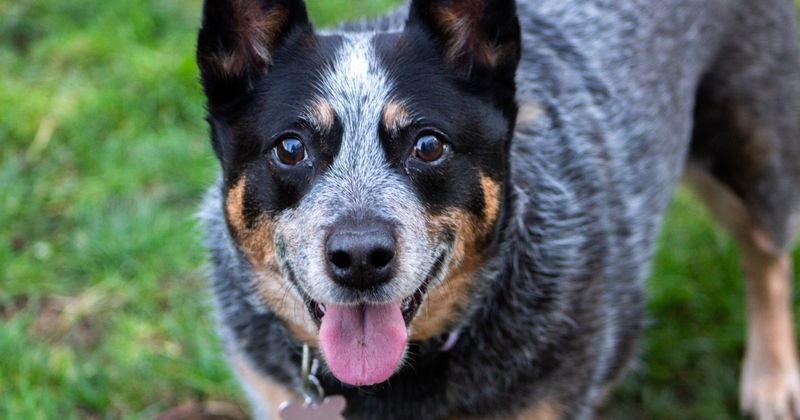
Australian Cattle Dogs approach life with a no-nonsense working attitude. Bred to herd stubborn cattle across harsh terrain, they developed a forceful, sometimes controlling personality.
Their herding instincts often manifest as nipping, chasing, or attempting to control other dogs. Many Cattle Dog owners find their pets form strong bonds with family dogs but remain suspicious of outsiders. These intelligent workers typically prefer having a job to do rather than engaging in casual dog park socializing.
10. Chihuahuas: Tiny But Territorial

Despite their diminutive size, Chihuahuas often act like they’re the biggest dog in the room. Their bold personality stems from centuries as companion dogs who focused exclusively on their human owners.
Many Chihuahua parents discover their tiny companions become extremely protective, growling or snapping at dogs many times their size. Their territorial nature extends to both people and pets. These pocket-sized pups frequently bond with just one or two humans while remaining suspicious of everything else.
11. Basenjis: Cat-Like Canines
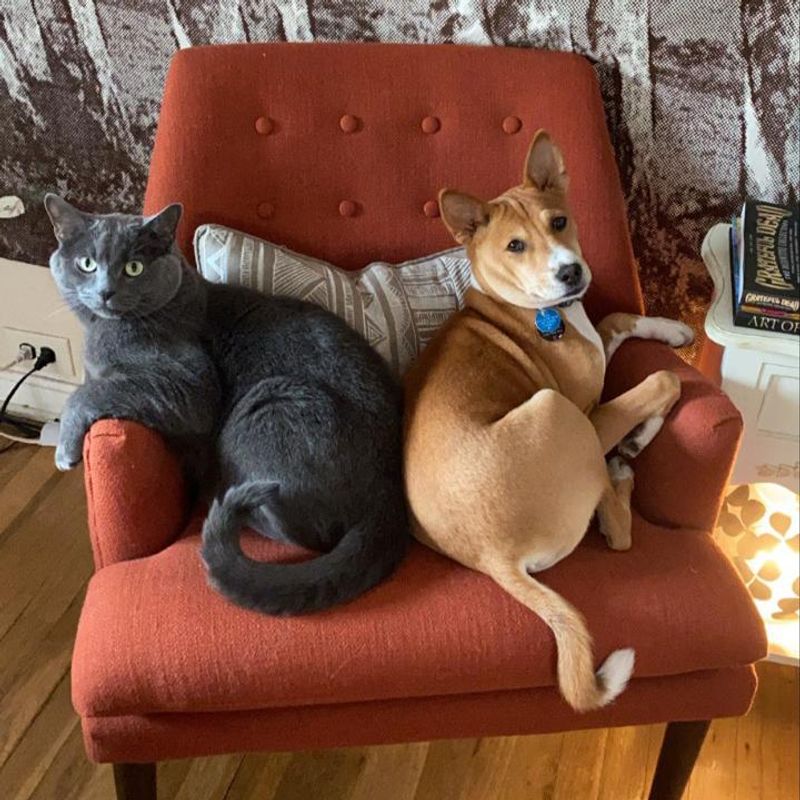
Often called the “barkless dog,” Basenjis share many traits with their feline frenemies. Their independent nature, fastidious grooming habits, and tendency to climb make them surprisingly cat-compatible.
Many Basenji owners report their dogs form special bonds with household cats. Their quiet nature doesn’t trigger the prey response in felines that barking might. These ancient African hounds often prefer the calm company of cats to the boisterous play of other dogs.
12. Greyhounds: Sprinters Who Love Loungers
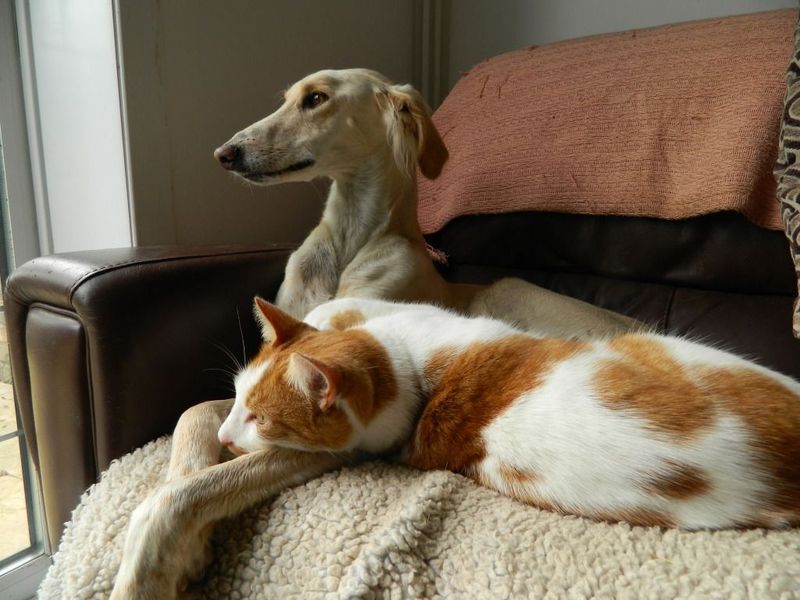
Despite their racing background, retired Greyhounds often transform into couch potatoes who appreciate cats’ relaxed lifestyle. Their gentle, quiet demeanor makes them non-threatening to most felines.
Many Greyhound adopters discover their former racers quickly befriend resident cats. While their prey drive requires management outdoors, inside they’re typically calm companions. These sweet-natured sighthounds frequently choose a cat’s warm cuddle spot over rowdy dog play.
13. Boxers: Playful Cat Protectors
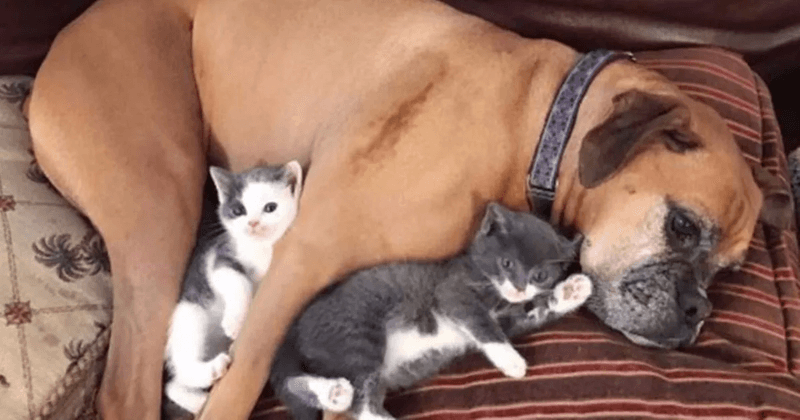
Boxers might seem too energetic for cat companionship, but many develop surprising bonds with feline friends. Their protective instincts often extend to all family members, including the household cat.
Many Boxer owners report their dogs becoming gentle guardians of their cats. Their playful nature adapts to a cat’s boundaries over time. These muscular goofballs frequently learn to tone down their exuberance around feline companions, creating lasting cross-species friendships.
14. Golden Retrievers: Friends To All Species
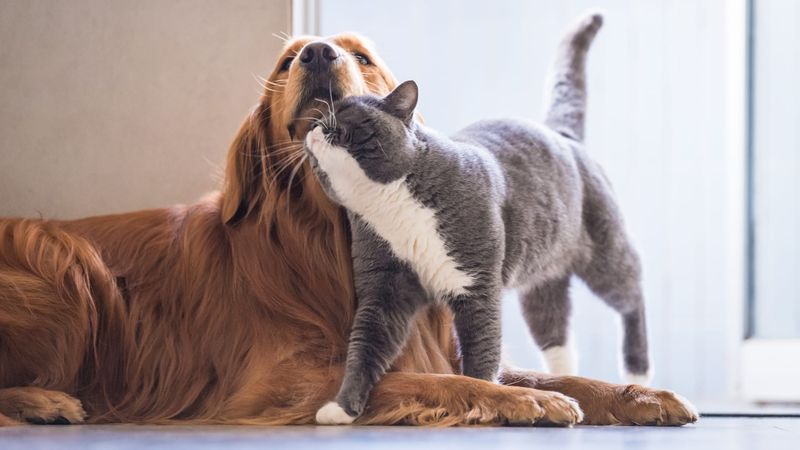
Golden Retrievers approach life with a simple philosophy: everyone is a potential friend, including cats. Their gentle, patient nature makes them ideal companions for even the most cautious felines.
Many Golden owners witness their dogs making special accommodations for cat companions. Their natural retrieving instinct rarely triggers around household cats. These friendly, adaptable dogs typically respect a cat’s space while remaining available for cuddles when the cat initiates.
15. Papillons: Butterfly Dogs Who Flutter With Cats
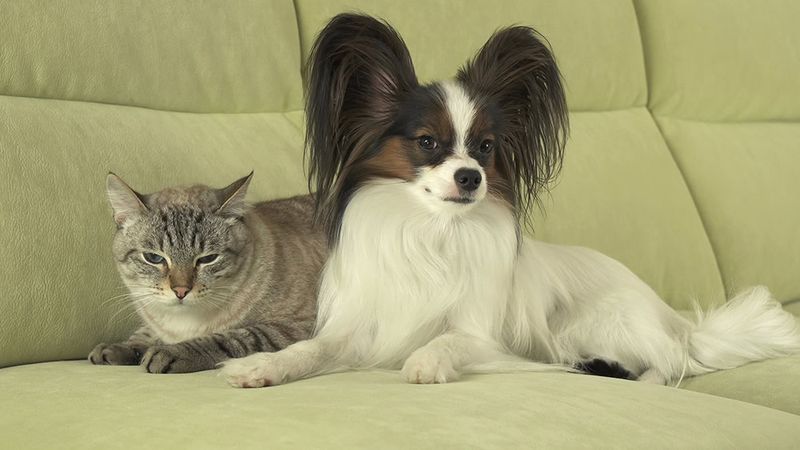
Named for their butterfly-like ears, Papillons share many qualities with cats that make them natural companions. Their small size, intelligence, and playful-yet-independent nature creates natural harmony.
Many Papillon owners find their dogs engage in chase games that respect feline boundaries. Their gentle play style rarely intimidates even shy cats. These bright little companions often become a bridge between human and feline household members, understanding both species’ communication styles.

